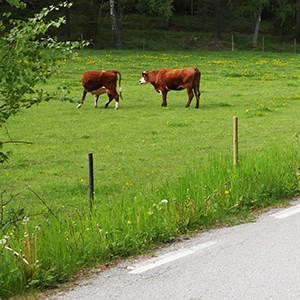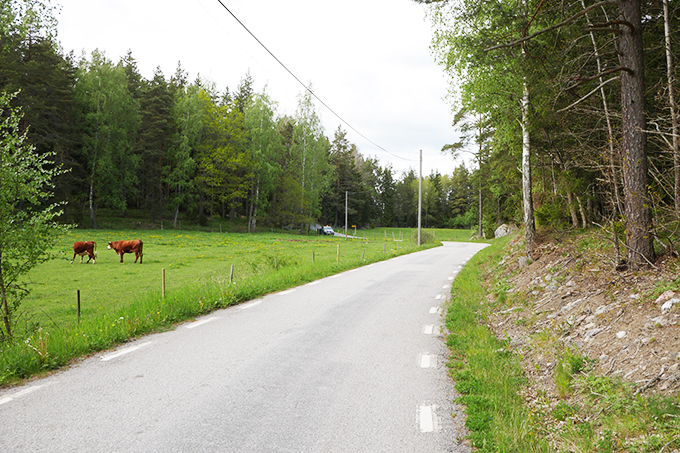Contact
Department of Urban and Rural Development, Division of Political Science and Natural Resource Governance
Department of Urban and Rural Development, Division of Political Science and Natural Resource Governance

Species rich road verges often host management-dependent species from the cultural landscape. Most likely, these were established at a time when hay meadows, pastures and arable fields were abundant in the landscape.
As traditional management ceased in the landscape, species have clung to road verges, which therefore can be seen as biocultural heritage. Favourable local condition and management for road safety, have provided substitute habitats for these species. Knowledge about the links between species-rich road verges and the surrounding landscape, has the potential to contribute both to cultural heritage and to nature conservation.
Heritage of roads have received attention concerning e.g. road location and construction, road maintenance stones, bridges and roadside trees. Instead, road-verge flora is unexplored as a biocultural heritage. It has the potential to contribute with new knowledge both about road as cultural heritage and about the surrounding landscape in terms of historical management and species composition.
Better knowledge about which managed habitats and historical periods road-speceis came from also contribute to species conservation. It will improve the possibilities to create environments and design management that preserve species in road verges as good as possible.
Swedish Biodiversity Centre currently runs two parallel projects about links between species-rich road verges and the surrounding landscape, today and in the past.
• Biocultural heritage of roads (Swedish National Heritage Board)
• Species-rich roadverges in the landscape: The importance of current and past surrounding environment, for the possibility to create and maintain biodiversity-rich roads. (Swedish Transport Administration)
The work is interdisciplinary, combining historical knowledge about roads and landscape management with biological knowledge about species and their specific demands. We collaborate with nature- and culture experts at the Swedish Transport Administration and the Swedish National Heritage Board. We also make use of data and experiences derived from the ongoing projects Triekol and Skötsel av kulturpräglad natur.
